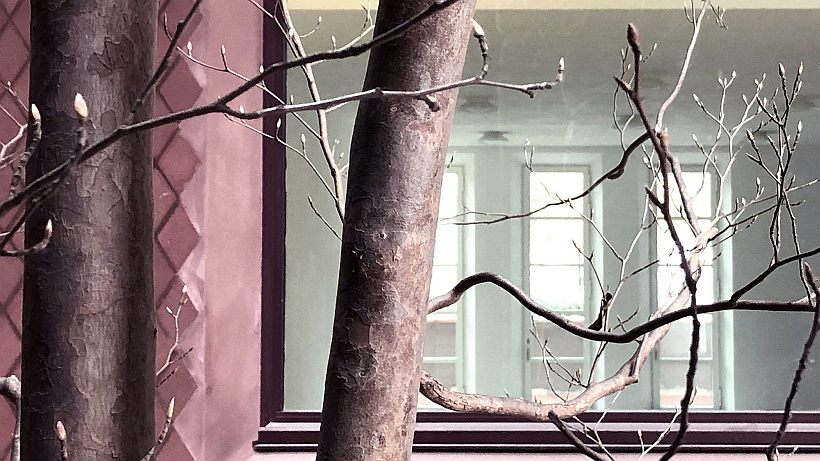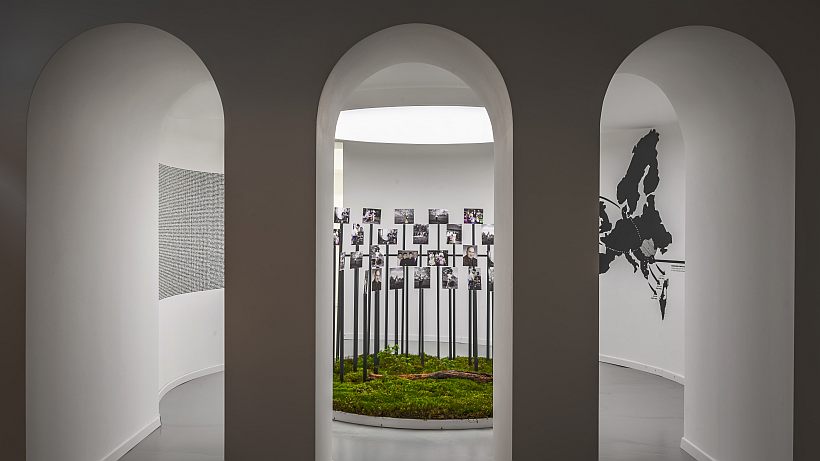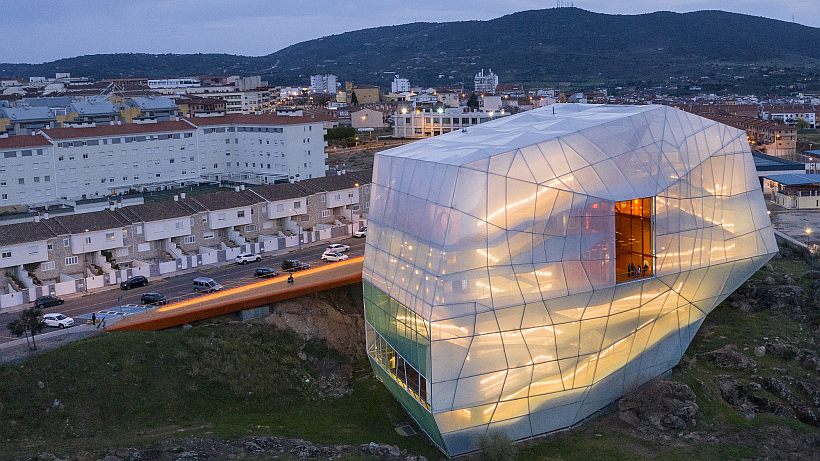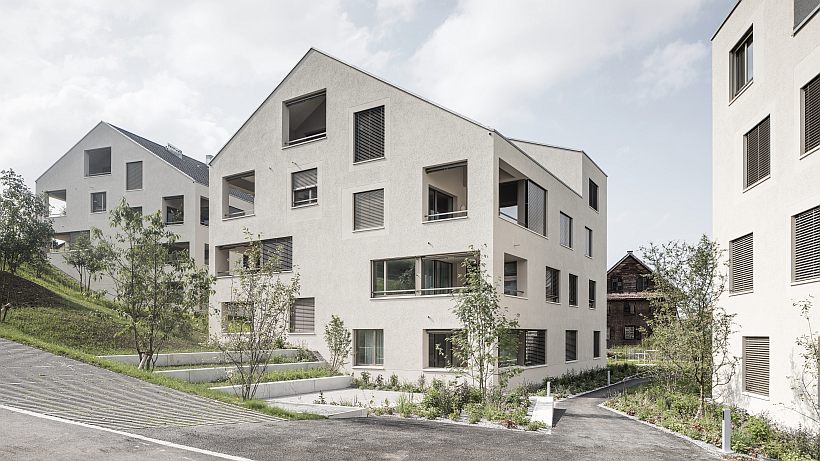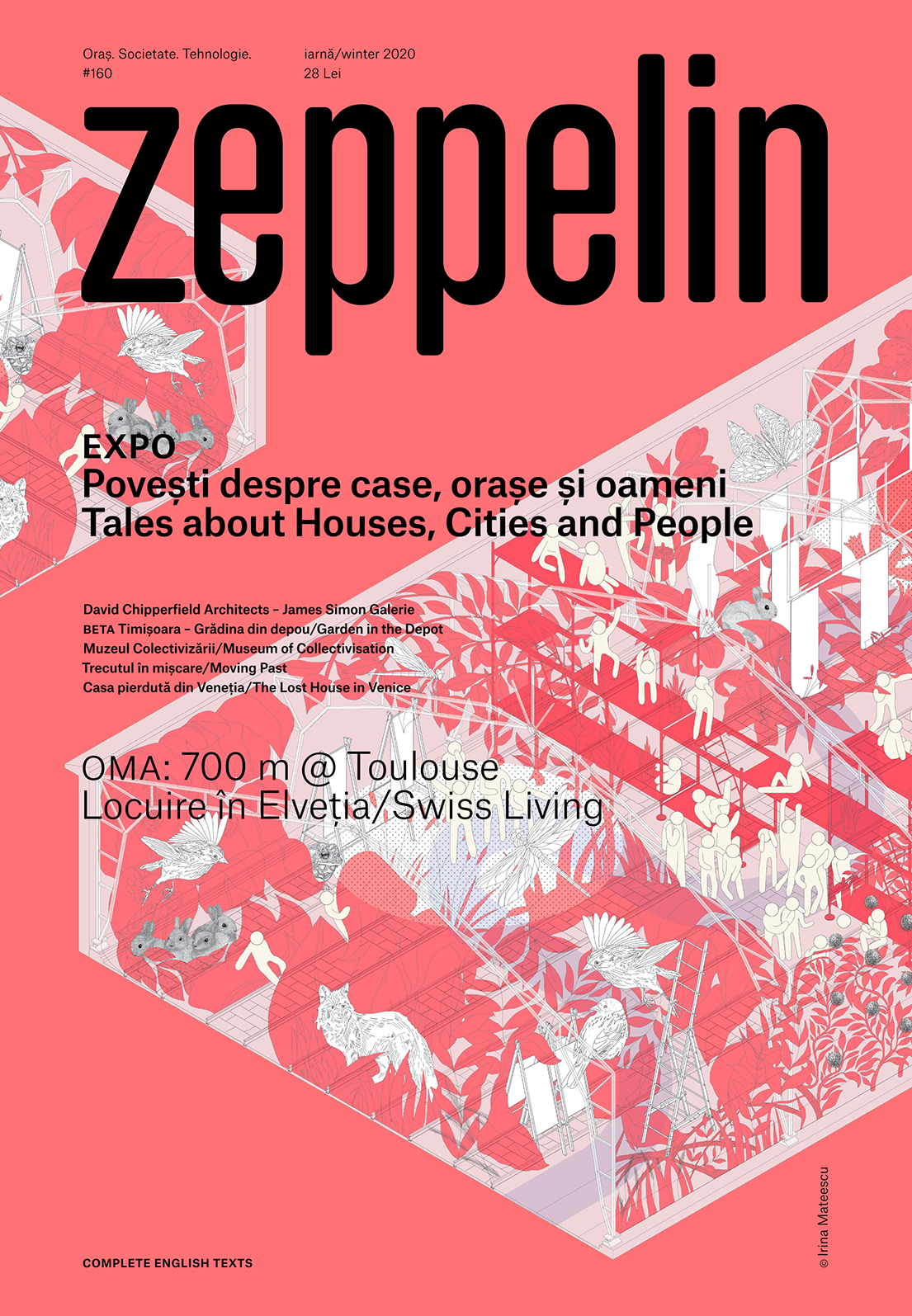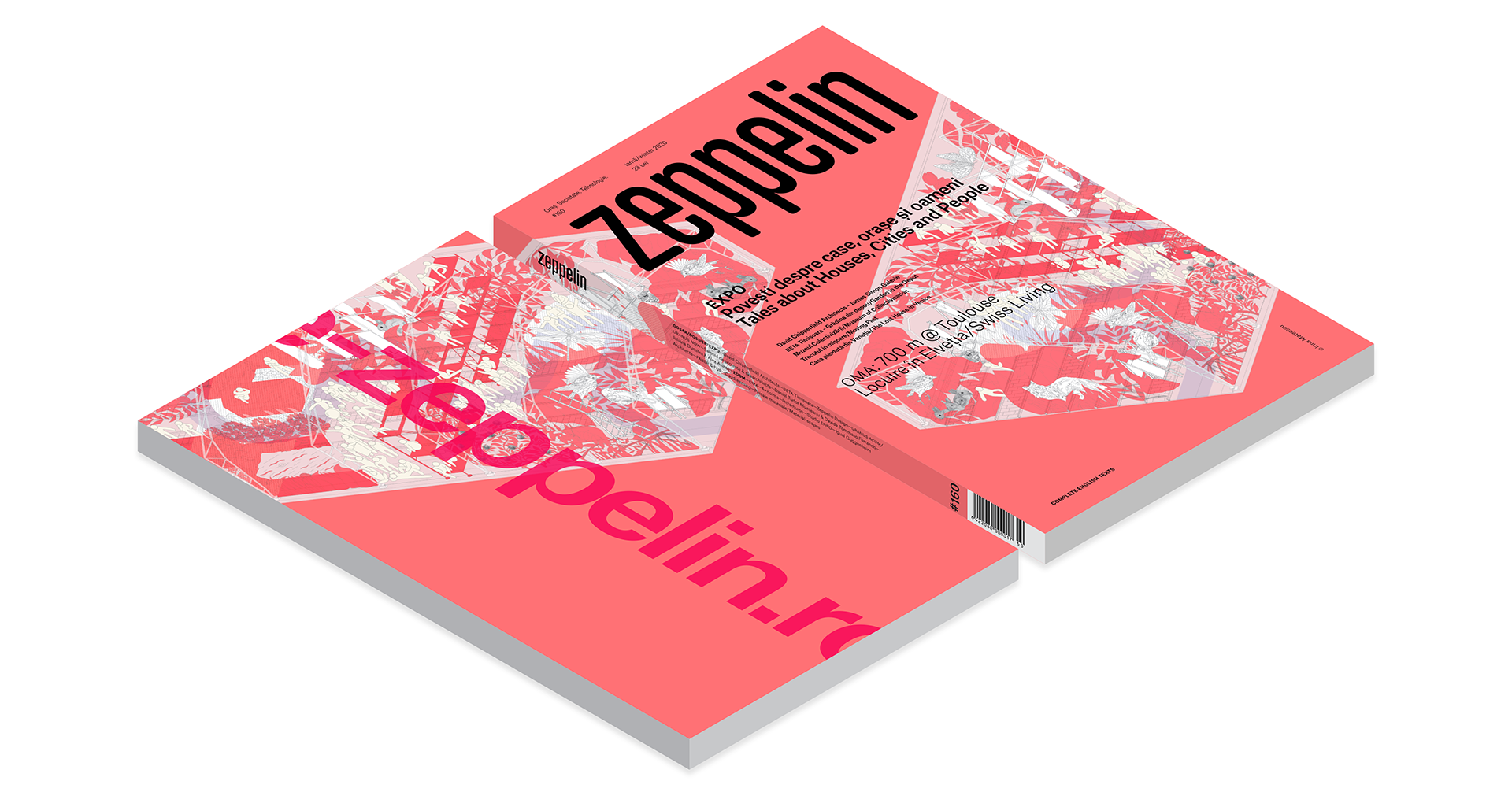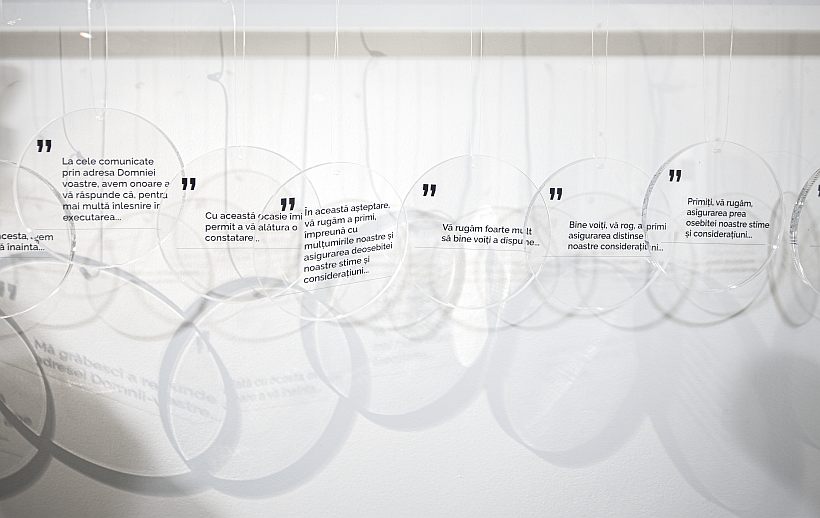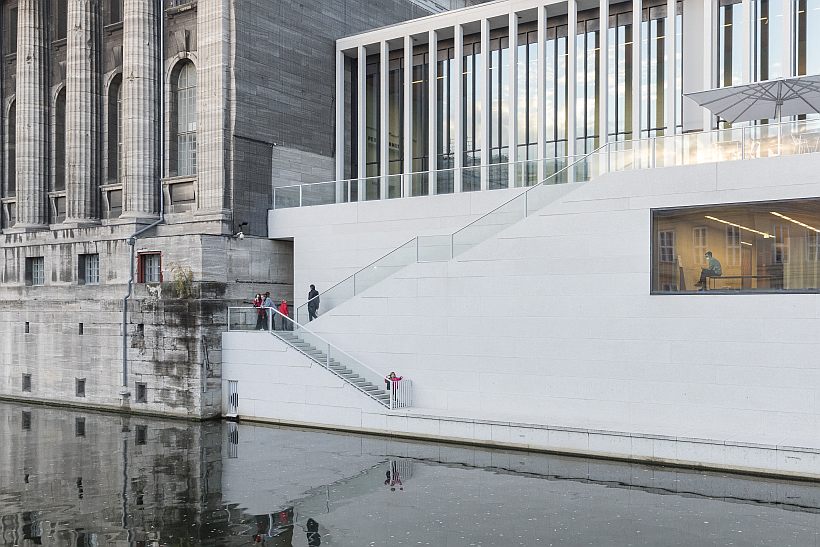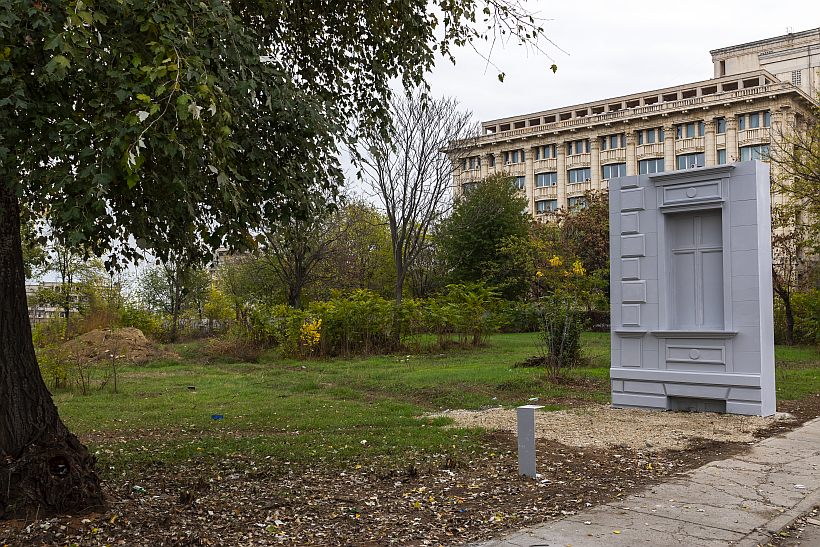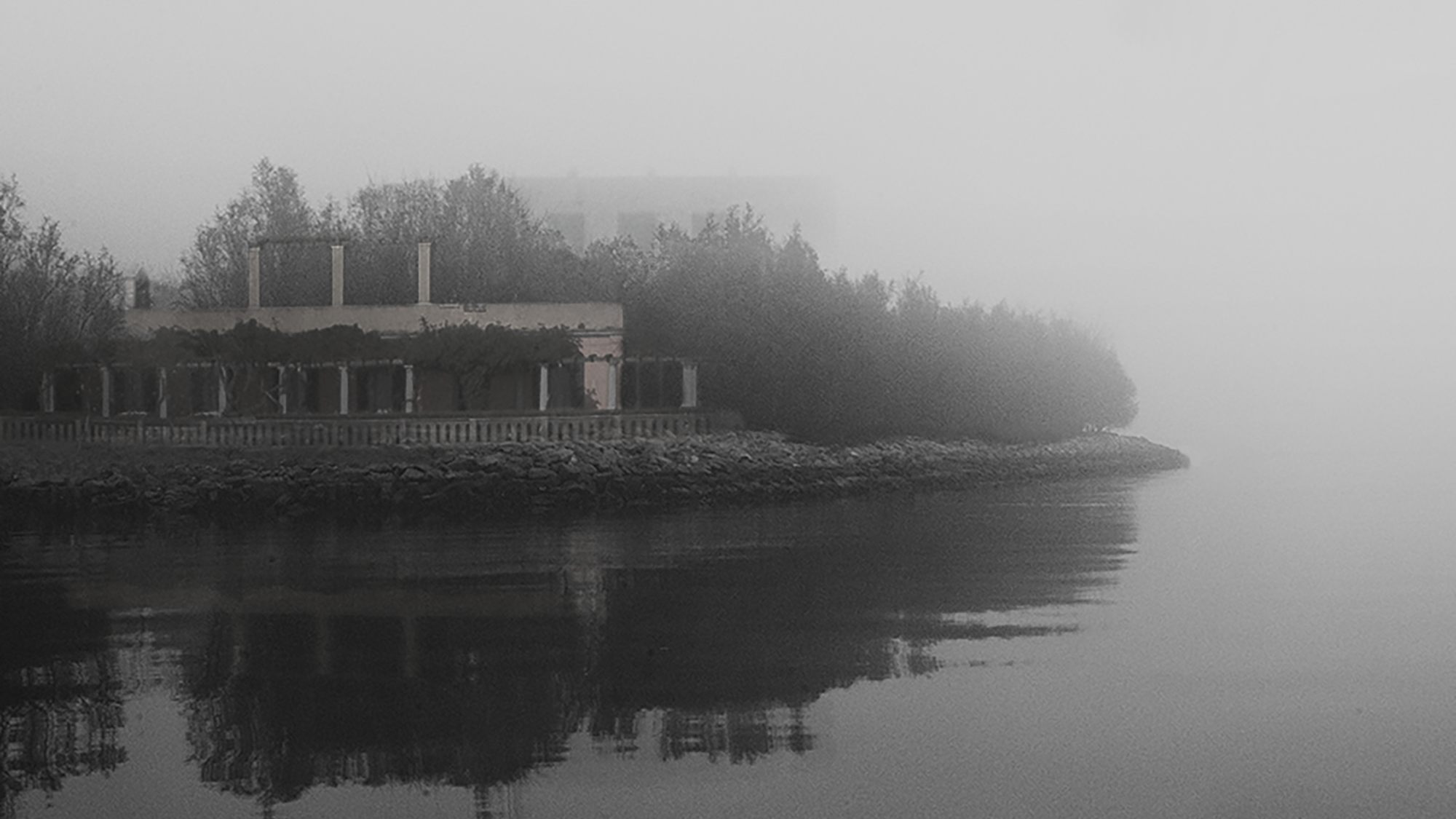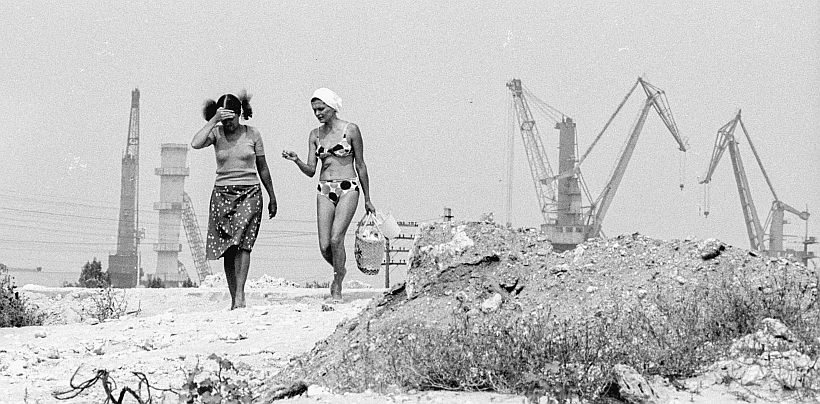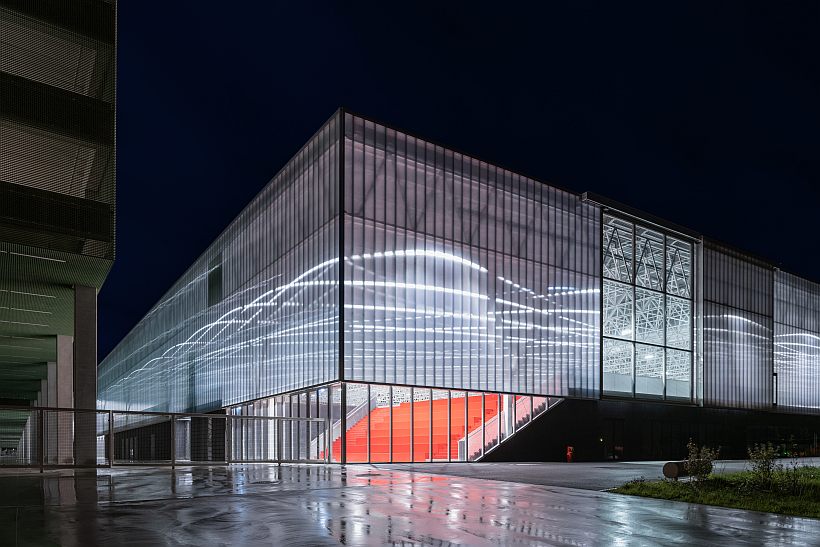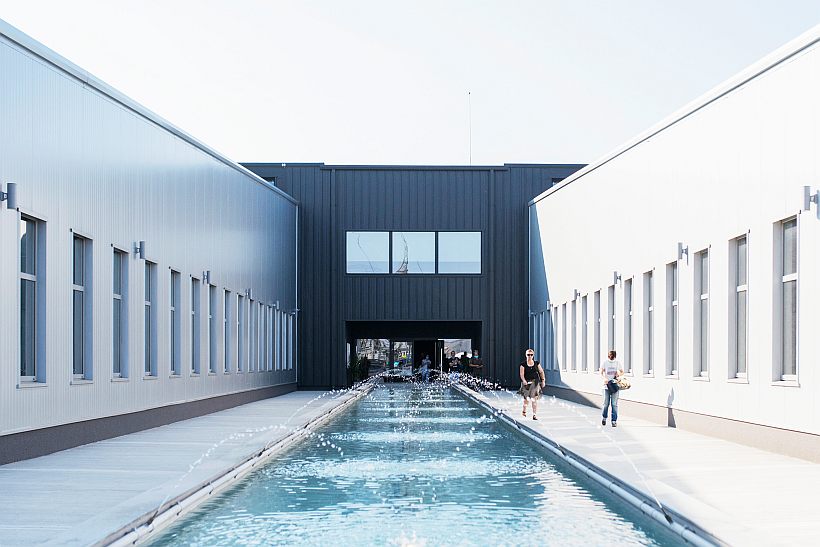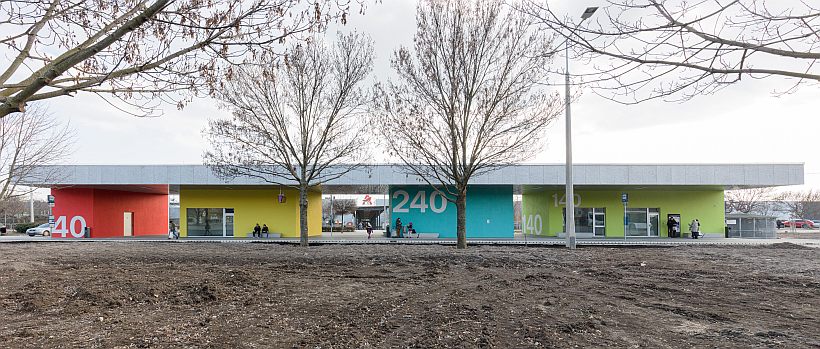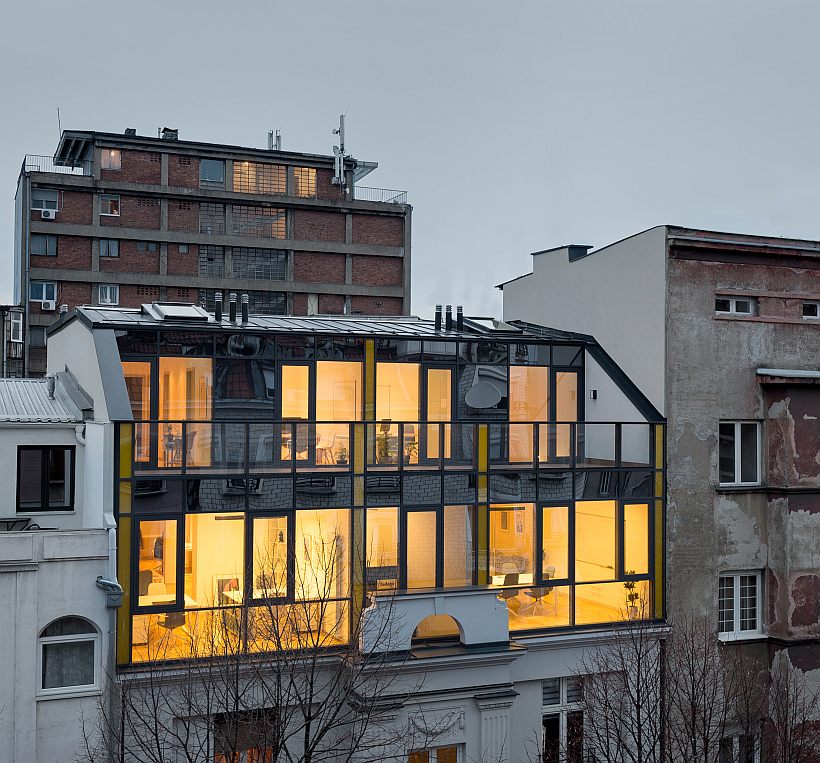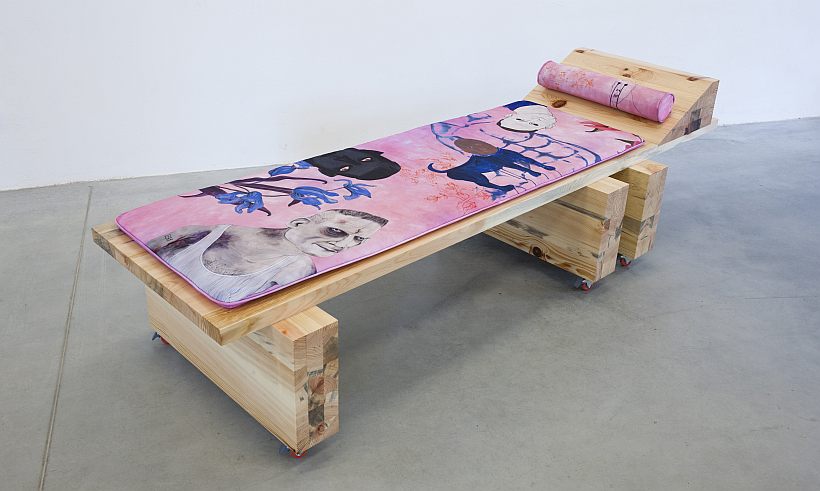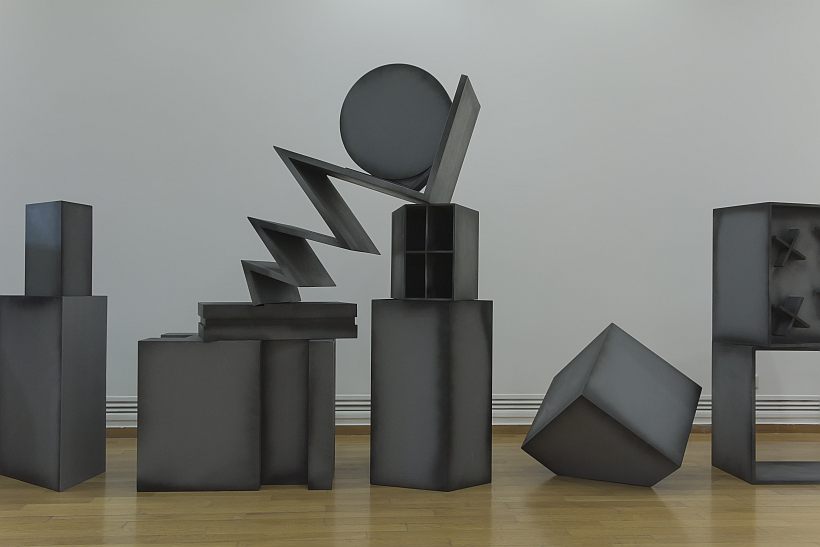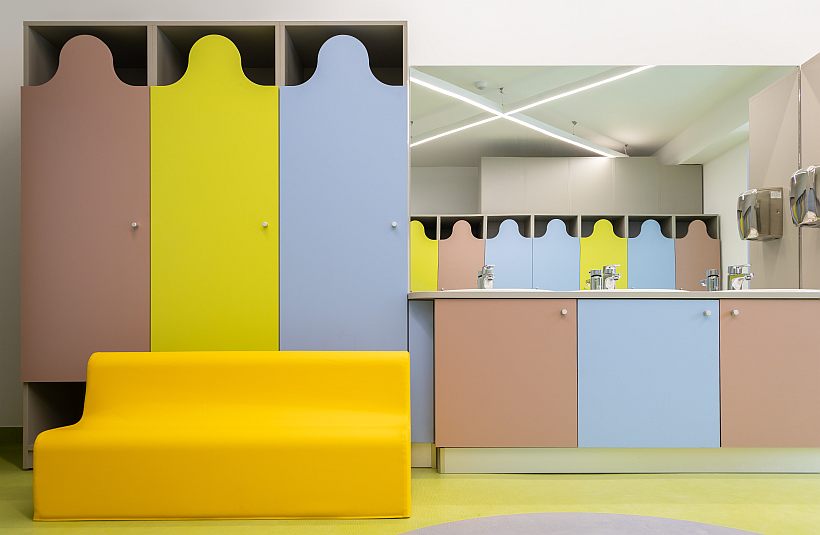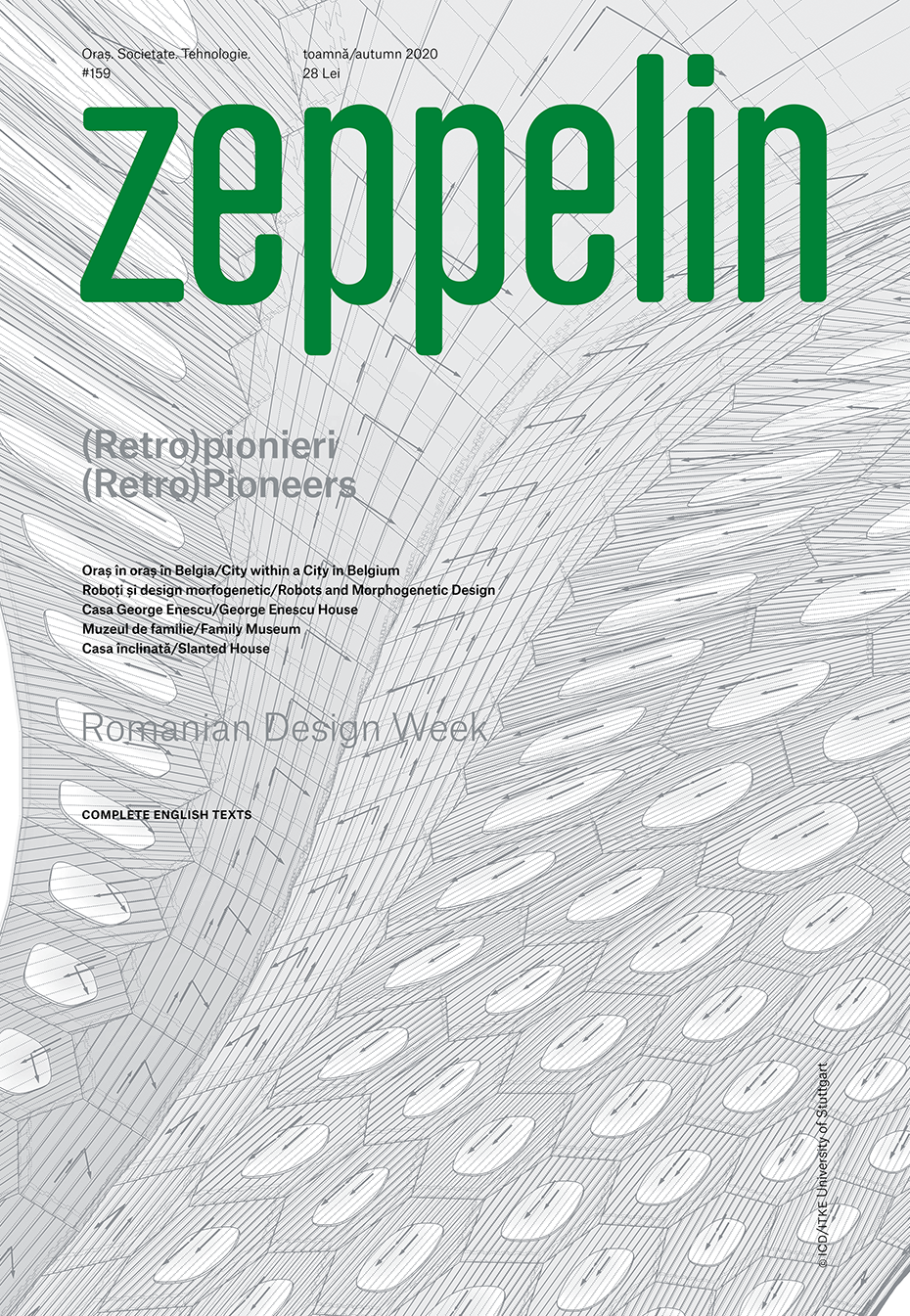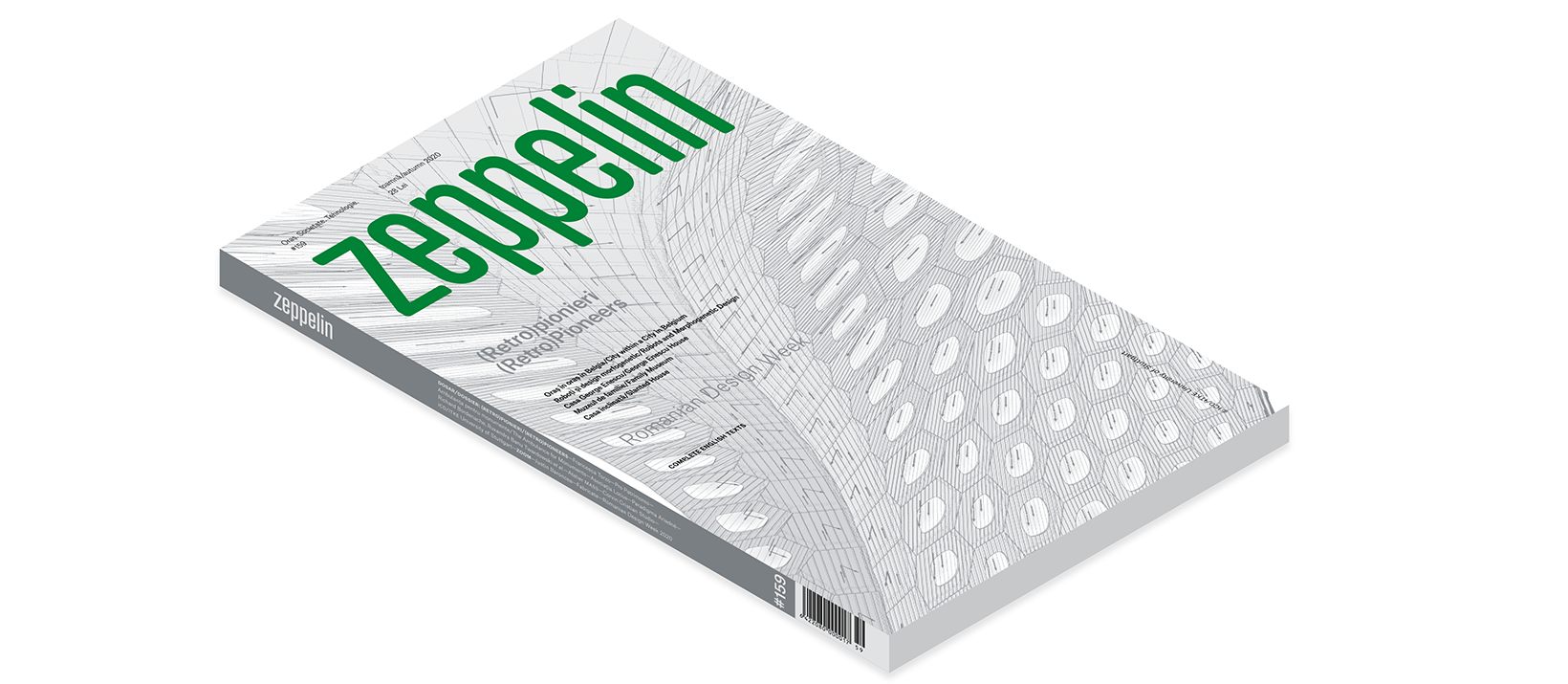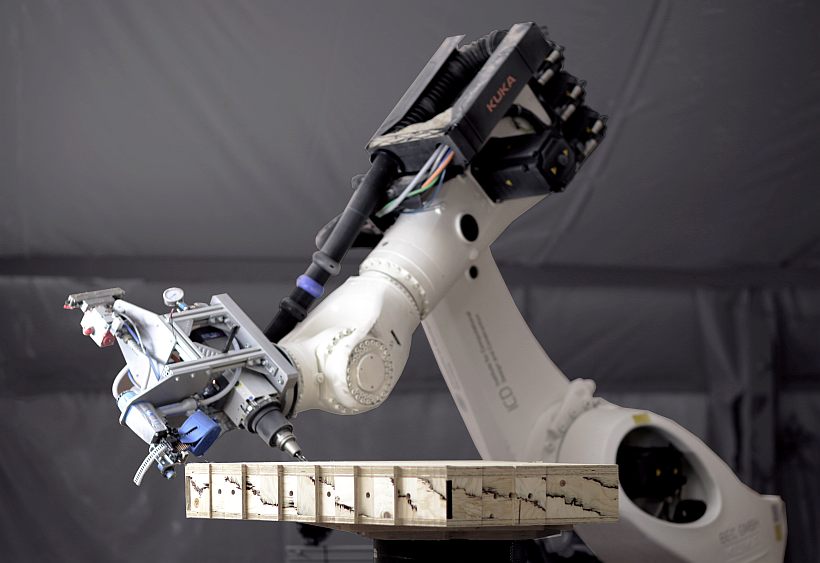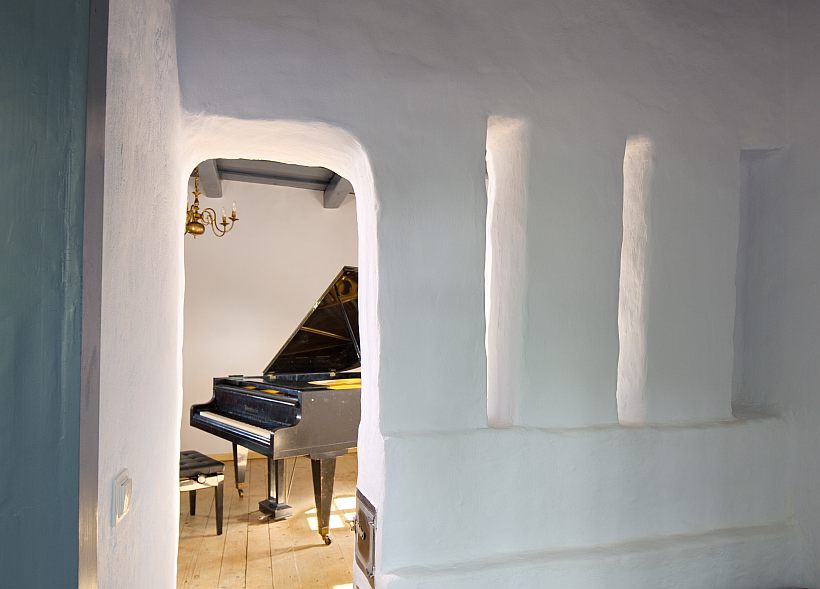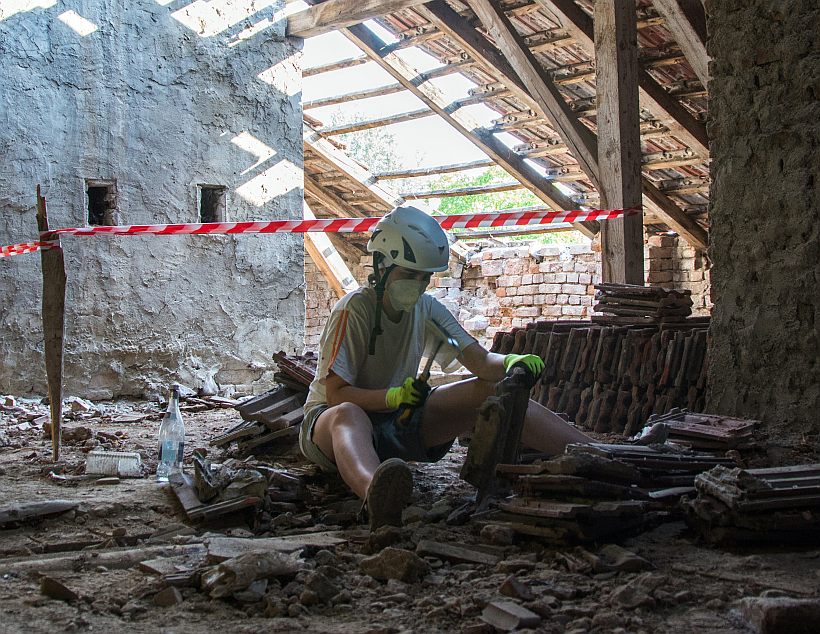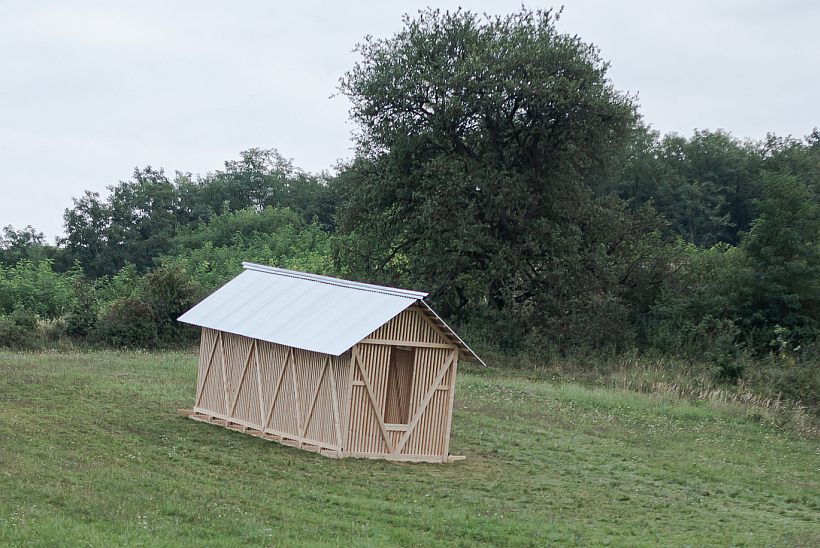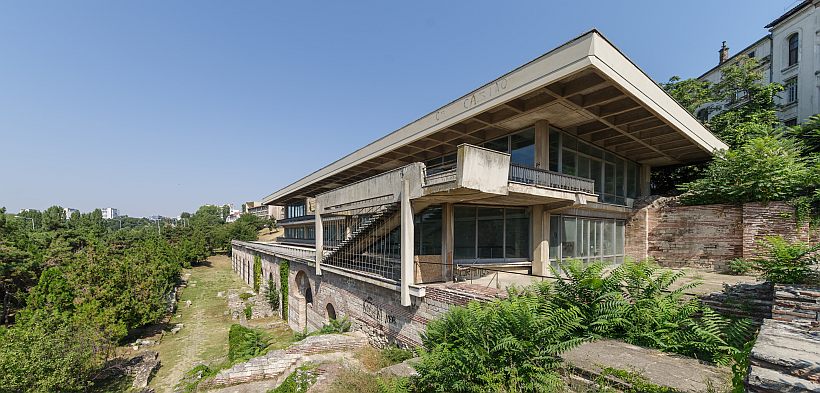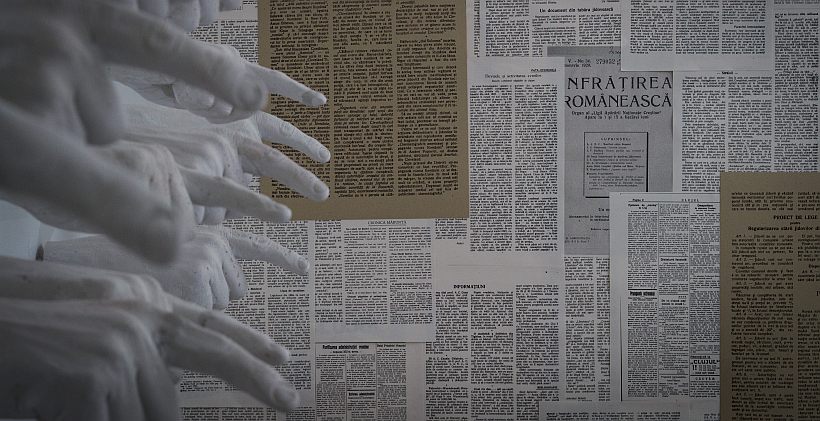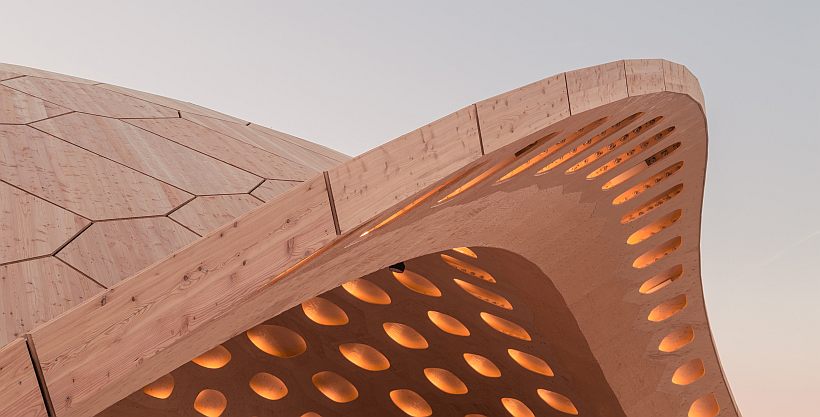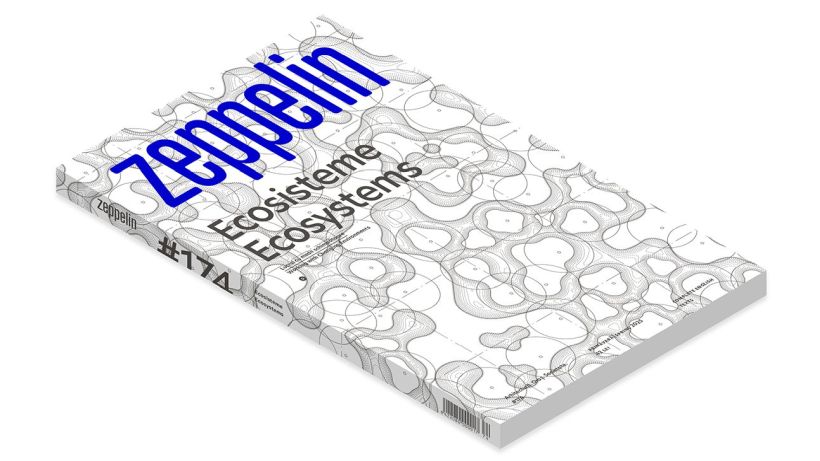The transformation of the warehouse building of the old Fabra & Coats industrial complex in Barcelona is part of the process of reconversion of this 19th and 20th century textile industry neighborhood. The whole complex is part of he “BCN creation factories” network and it will bring to Sant Andreu district more than 28,000 m2 of facilities.
- Recommend on FacebookTweet about it
At Zeppelin, we are obsessed with going as deep as possible into the fabric of a project. Well, here the architechture, the context and the details are interwoven in such a complex way, the process is so fascinating an clearly exemplary, that we chose to present the project as a succesion of frames. telling a complex story through its details; the close-ups show sketches, poetic representations, plans and details, the four tupes of models (porcelain, ceramic, loom fibers, at 1:10), construction photos and then, the final images.
- Recommend on FacebookTweet about it
This small independent museum starts from a family archive, but speaks of a community, of a city and of fundamental human experiences, and does so by a spatial and auditory experience rather than by classical museum means
- Recommend on FacebookTweet about it
In 1989, while the entire East was enthusiastically reforming, two (neo)Stalinist countries were still left in the area. In the meantime, one of them became a EU member, the other one is struggling a bit more. One has just finished, the other one is still busily working on a grand national project, built in the centre of their respective capitals.
- Recommend on FacebookTweet about it
From most of the photographs circulated on the Internet, especially at a cursory glance, the Plasencia auditorium appears to have been randomly thrown into a field, in an absurdly peripheral position, yet another of those many self-sufficient objects, planted in the middle of nowhere by egotistic local administrations and architects.
- Recommend on FacebookTweet about it
FABER is a community made up of people who have been investing trust and energy in Timisoara’s growth, a place whose story revolves around the idea of strategic conservation, where the process, the people and outlining work strategies are more important than the product itself,
- Recommend on FacebookTweet about it
The old house in the southern part of the historical center and its extensions shape a complex of rooms, porches, courtyards and terraces. A world for children to explore and to enjoy.
- Recommend on FacebookTweet about it
Text : Sancho Igual,Yves Guggenheim
Photo: Radek BruneckyThe neighbourhood was established in the sensitive and historically significant town centre of Mühlau, Switzerland. The open and very detailed development is laid out with seven main buildings that are arranged like inlays in a setting.
- Recommend on FacebookTweet about it
Edito: The application form, the typewriter and the golden flat
Text, object, photo: Mugur Grosu
In our collective imaginary in Romania, the writer is still associated with the quill and pen. And, late at night, with weary lashes, they will still blow out the light bulb, out of sheer habit. This is no metaphor, those of us living under Communism used to write by candlelight, like bards of old times, because of daily power cuts. Once again because of Communism, here the typewriter is not symbolic for literature but has remained the embodiment of state authorities. During the “Golden Age” of Ceausescu, Decree no. 98 of 28 March 1983, stated that any typewriter had to get an approval from the police (Miliția). (…)
DOSSIER: EXPO
Intro
TEXT Ştefan GhenciulescuIn‑between
David Chipperfield Architects: James Simon Gallery, Museum Island, BerlinProject: David Chipperfield Architects
Text: Lorena Brează
Photo: Laurian GhiniţoiuEnough is Enough
Responsibility for Real: 2020 Timişoara Architecture BiennialText: Anca Cioarec, Brînduşa Tudor,Raluca Rusu, Alexandru Ciobotă
Photo: Bianca Azap, Dan PuriceThe Romanian Museum of Collectivization
Text: Cosmina Goagea
Photo: Andrei MărgulescuPocket Interiors.
A Contemporary Telematic NovelProject: Zeppelin Design
Text: Constantin Goagea
Photo: Andrei MărgulescuThe Water Castle and The Tower of Arts in Turnu Severin
Project: Zeppelin Design
Text: Constantin Goagea
Photo: Andrei MărgulescuURANUS NOW
Project & Text: URANUS NOW team
Photo: Tudor Constantinescu, Vlad Dudu, Andrei Bîrsan, URANU NOW teamA Storehouse with a View
The Mihai Oroveanu Archive at the Salonul de proiecte
TEXT Salonul de proiecte, skaarchitects –Kalliopi Dimou, Sorin IstudorThe Incredible and Sad Tale of a Lonely Contessa and Her House for the Inhabitant who Refused to Participate
TEXT Daniel Tudor Munteanu, Davide Tommaso FerrandoFrom Near to Far
Visual Cartographies of the 2 Mai and Vama Veche Space
TEXT Iuliana Dumitru, Alex AxinteZOOM
The Urban Machine
MEETT Toulouse Exhibition and Convention Centre
TEXT OMAThe Electra Factory, Iaşi
Text:Alexandra Berdan
Photo: Katerina Nedelcu, Alexandra Berdan, Ancuţa CostandacheThe Terminal as a Tool for Urbanity
Bus Terminal, BudaörsProject: Intramuros
Text: Lorena BreazăThe Light New Top
GV51 Penthouse Apartments, BelgradeProject & Text: Studio ENND
Photo: Relja IvanicUrbanizing the Swiss Periphery
Igual Guggenheim Architects: 2 Collective Housing ProjectsProject & Text: Sancho Igual, Yves Guggenheim
Photo: Radek Brunecky (Wetzikon), Beat Bühler (Küsnacht)FABER. Independent Cultural Center, Timişoara
Interview with Oana Simionescu and Sergiu SabăuReporter: Lorena Brează
Photo: Farkas PatakiDaydreaming
Text:Ştefan Ghenciulescu
Photo: Radu Abraham, Ioana SiseaMaterial‑scapes
Text: Sandra Demetrescu
Photo: Andrei MateescuPlaces in a Garden
Mânadelucru: Kindergarten in BucharestText: Dorin Ştefan Adam, Lorena Brează
Photo: Vlad PătruThe Meaning of Sculpture
Objects, Spaces and Learning at Kunsthalle BegaPLANS
- Recommend on FacebookTweet about it
Edito: The house inside the house and the outside house
Text Ştefan GhenciulescuAt some point, Claudiu – who’s an artist – tells me: “You speak like a architect”. I didn’t really understand what he was talking about, as it seemed to me that I avoided those terms of ours – section, functionalism, urban fabric, free plan, program or I don’t know what else. Claudiu goes on: “You, architects, when you talk about buildings – no matter their size or function -, you always call them `houses`”. He was right. For architects, any construction is, above all, a house. As if the original house, the primitive hut of the Abbé Laugier, had produced in the meantime only houses to live, to work, to learn, to gather, to pray and so on. (…)
Dossier: (Retro)Pioneers
Intro
TEXT Ştefan GhenciulescuZ33
A Pause from the City, a Background for the City
TEXT Lorena BreazăGeorge Enescu’s house in Mihăileni
Campaign Journal for Architecture and Community, Stage 1
TEXT Mirela Duculescu, Andreea Machidon, Raluca Munteanu, Raluca Ştirbăţ, Şerban Sturdza
Photo: Camil Iamandescu, Raluca Munteanu, Şerban Sturdza, Pro PatrimonioThe Ambulance for Monuments
TEXT Lorena BreazăNeptune Baths
A Magical Place Spotted from a Broken WindowProject: Asociaţia Locus
Text: Lorena Brează
Photo: Herculane Project, Alex Danu, Martin Neagoe, Mihai ŞomSlanted House
The Focus Is Not on Humans, but on the LandscapeProject, text: Paradigma Ariadné
Photo: Attila Róbert CsókaA New Sheet over an Old House
The Protective Construction for the Roman Mosaic Edifice (Tomis), Constanţa (1959–1967)
TEXT Irina BăncescuMUZEON, Cluj
The Story of Your Jewish NeighbourProject: Atelier MASS
Text: Camelia Sisak
Photo: Gouwy LievenVelocità
Project: Corvin Cristian Studio
Text: Ştefan Ghenciulescu
Photo: Alex Sacalu, Corvin CristianTo the Future and Back
Interview with Prof. Achim Menges, Director of the Institute for Computational Design and Construction (ICD) at the University of Stuttgart
INTERVIEW Lorena Brează, Ştefan GhenciulescuZOOM
Microarchitecture at School
TEXT Justin BaronceaF. A chair
After the Chair, a Stool
Design, Text: FabricateOPEN AIR Society
Romanian Design Week 2020Curatorial concept: Romanian Design Week & Zeppelin Design
Exhibition design: Zeppelin Design+Ping‑Pong Contest winners
Graphic design: Radu Manelici+Sebastian Pren
Text: Constantin Goagea
Photo: Andrei MărgulescuPLANS
- Recommend on FacebookThis website uses cookies to improve your experience. We'll assume you're ok with this, but you can opt-out if you wish.Accept Read MorePrivacy & Cookies Policy
Privacy Overview
This website uses cookies to improve your experience while you navigate through the website. Out of these, the cookies that are categorized as necessary are stored on your browser as they are essential for the working of basic functionalities of the website. We also use third-party cookies that help us analyze and understand how you use this website. These cookies will be stored in your browser only with your consent. You also have the option to opt-out of these cookies. But opting out of some of these cookies may affect your browsing experience.Necessary cookies are absolutely essential for the website to function properly. This category only includes cookies that ensures basic functionalities and security features of the website. These cookies do not store any personal information.Any cookies that may not be particularly necessary for the website to function and is used specifically to collect user personal data via analytics, ads, other embedded contents are termed as non-necessary cookies. It is mandatory to procure user consent prior to running these cookies on your website.


